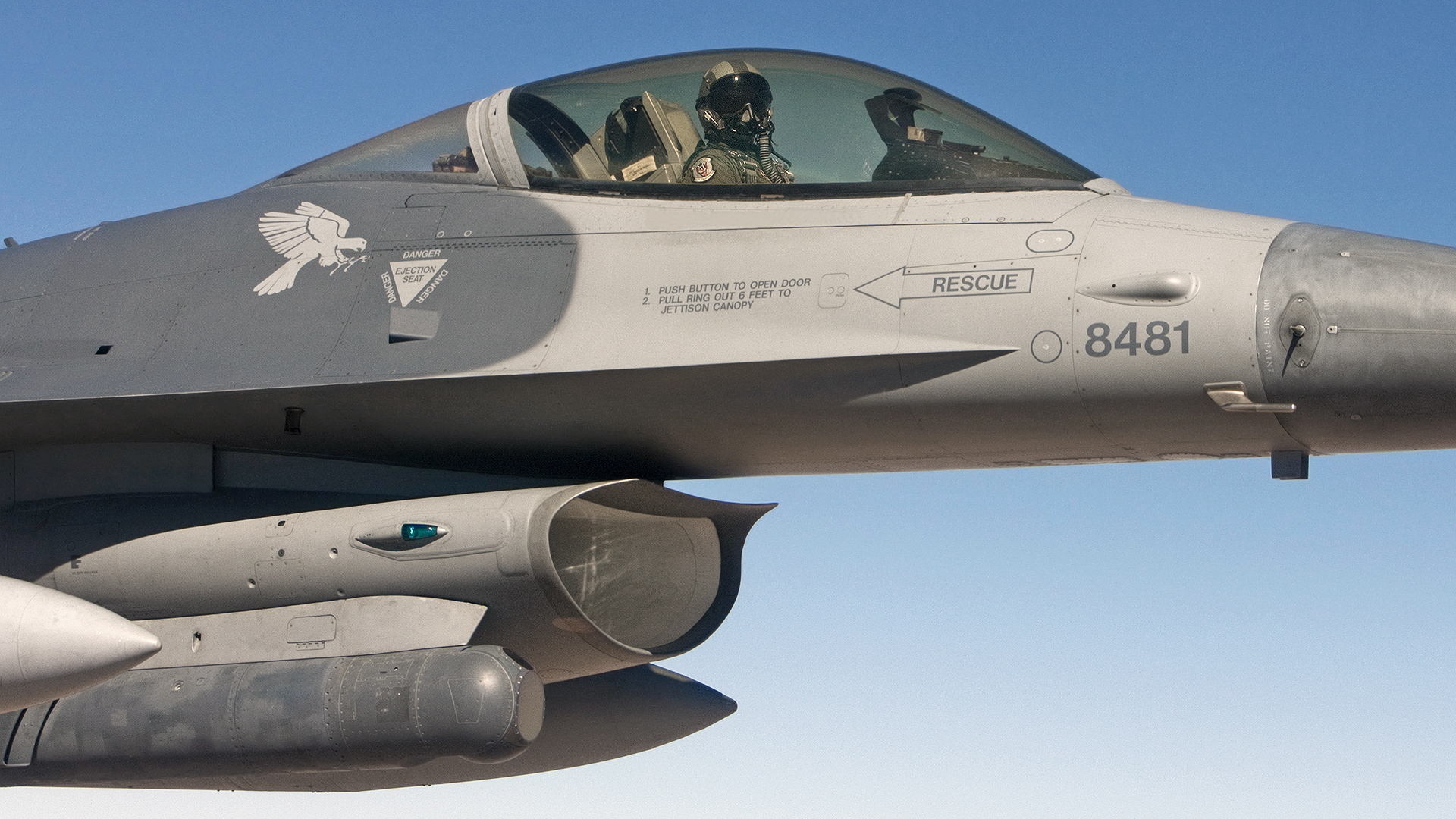In the wake of the latest shootdown of an unidentified object over North American airspace, we now have audio recordings of the in-cockpit communications from the two F-16 fighter jets involved in yesterday afternoon’s intercept over Lake Huron. What’s immediately striking on listening to them, is that the pilots in question also seem to be perplexed as to what they are actually observing and the precise nature of the craft that they ultimately dispatched.

Audio recordings courtesy of Mike in Southwest Wisconsin
The object was “decommissioned” over Lake Huron by a pair of 148th Fighter Wing “Bulldogs” F-16CMs. The fighters launched out of Madison, Wisconsin at around 10:30 A.M. yesterday, after an alert scramble that turned into a live intercept. As well as the Vipers, we know that at least one KC-135 tanker out of Pittsburgh and an E-3 AWACS radar plane from Oklahoma were also involved in the operation. You can read our full analysis of the incident, as it unfolded and of its immediate aftermath, here.
The object that one of the F-16s shot down using an AIM-9X Sidewinder missile, at an altitude of approximately 20,000 feet, has been described by U.S. officials as an “octagonal structure” with strings attached to it.
According to the Pentagon, the object’s “path and altitude raised concerns, including that it could be a hazard to civil aviation. The location chosen for this shootdown afforded us the opportunity to avoid impact to people on the ground while improving chances for debris recovery.”
“We did not assess it to be a kinetic military threat to anything on the ground,” the Pentagon added, “but assess it was a safety flight hazard and a threat due to its potential surveillance capabilities. Our team will now work to recover the object in an effort to learn more.”
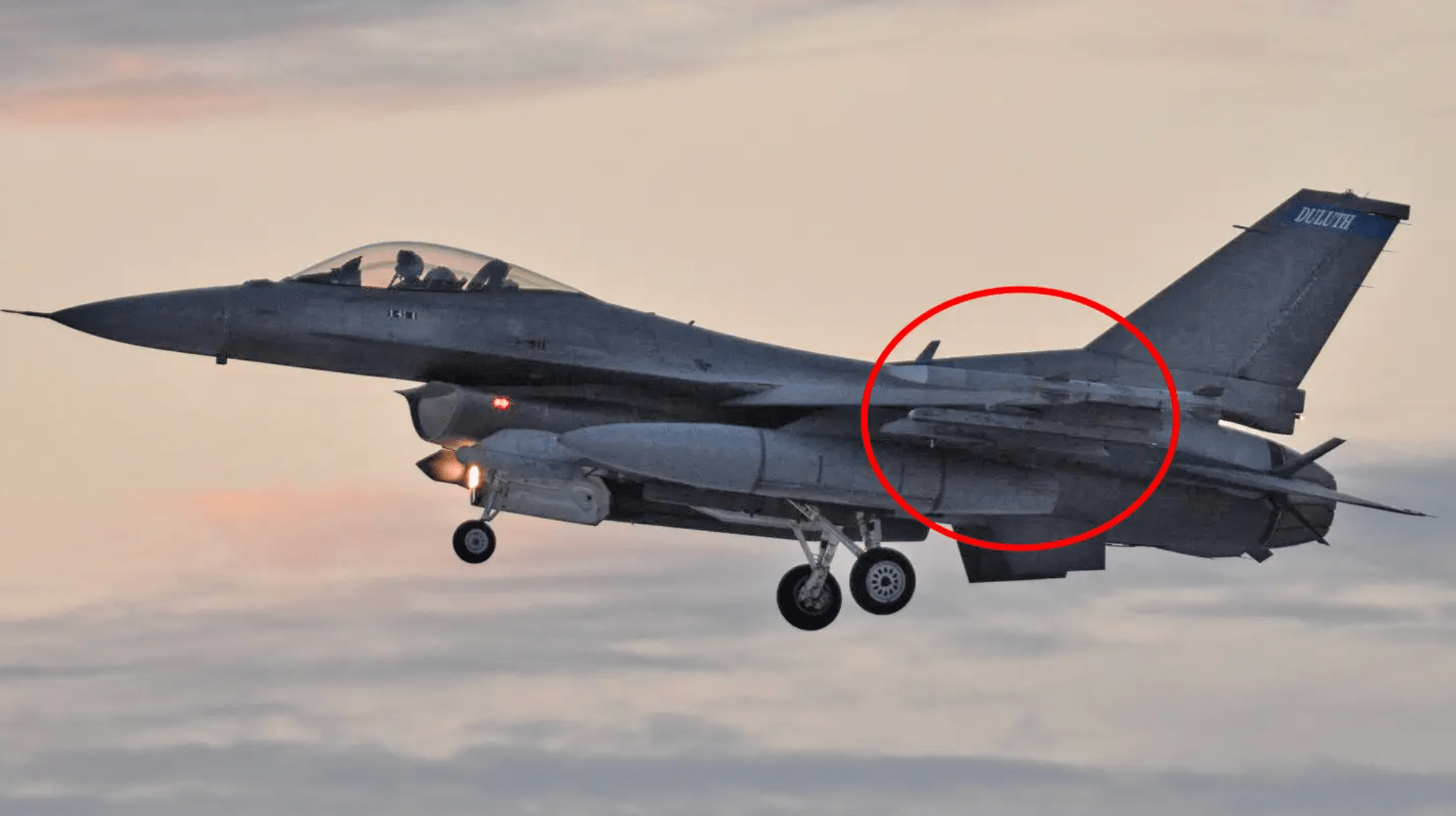
Until that wreckage is recovered, the U.S. military is saying that it won’t rule out any explanation for what the object actually is. The same goes for previous flying objects shot down by U.S. Air Force F-22 Raptor jets over Alaska and the Canadian Yukon in recent days, which followed the shooting down of a Chinese high-altitude balloon a week ago.
“The American people deserve far more answers than we have,” said U.S. Representative Jack Bergman of Michigan.
But the audio recordings available so far don’t shed much light on what that object might have been, although they do offer more candid detail, especially as to how elusive it actually was.
First off, it’s worth noting the callsigns of the F-16s involved. Previously reported as AESIR callsigns, it’s possible that they may well actually have used AESA callsigns — a direct reference to the active electronically scanned array radar with which these jets have been recently retrofitted. Otherwise, it’s perhaps more likely that AESIR was indeed used, as it’s a name deeply rooted in Norse mythology. Another callsign that can be heard is HUNTRESS, the controller for the airborne alert mission and the callsign of the Eastern Air Defense Sector.
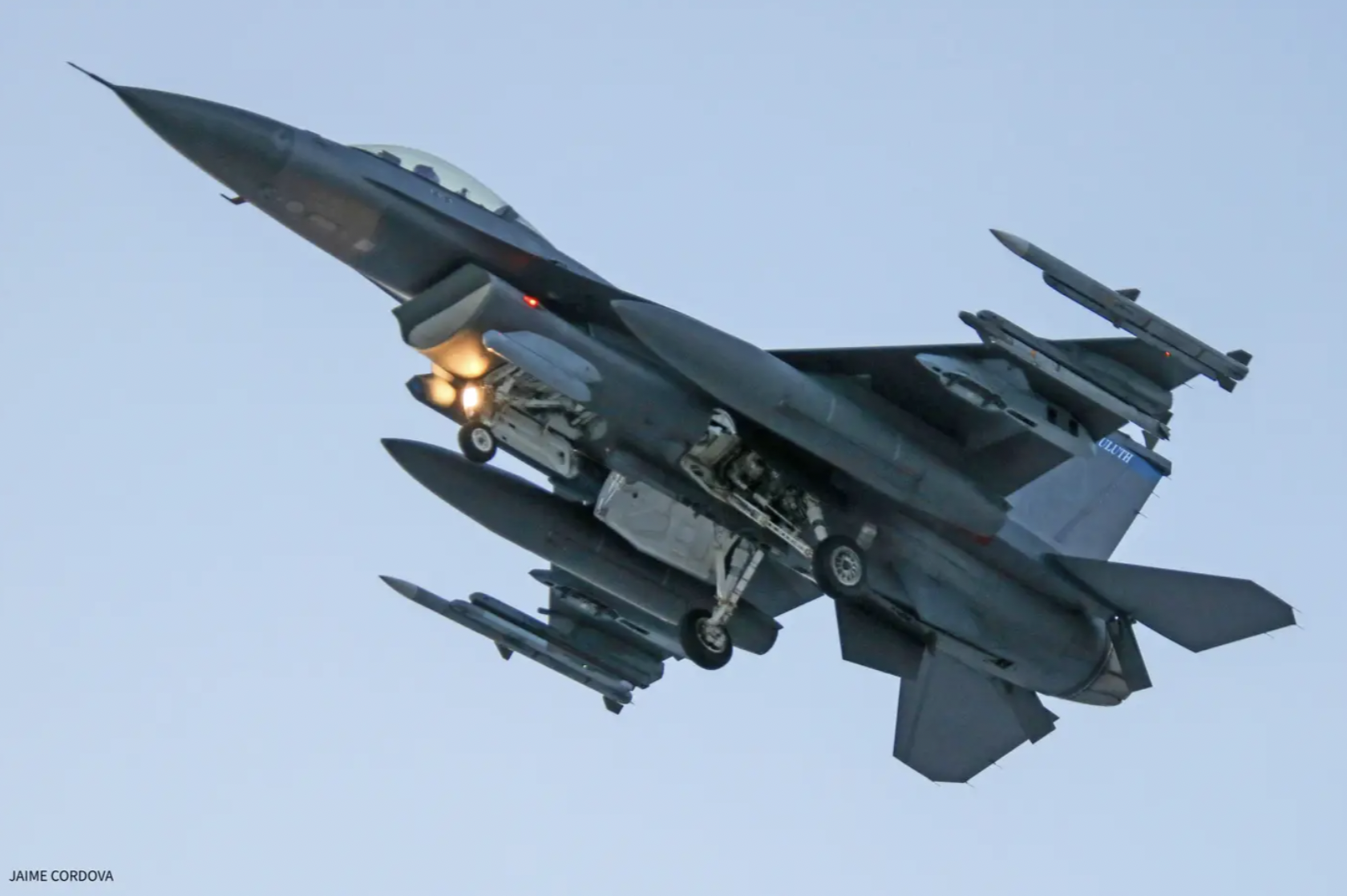
It’s also important to note that the quality of the audio recordings is such that it’s currently not possible to determine everything that is being said with total accuracy and the following quotes should be treated as provisional.
Most interesting is the fact that the Viper pilots had a tough time definitively describing the object.
“I wouldn’t really call it a balloon … I don’t know what … I can see it outside with my eyes,” one of the pilots says. “Looks like something … there’s some kind of object that’s distended… it’s hard to tell, it’s pretty small.”
“I’m gonna call it a balloon,” one of the pilots later adds.
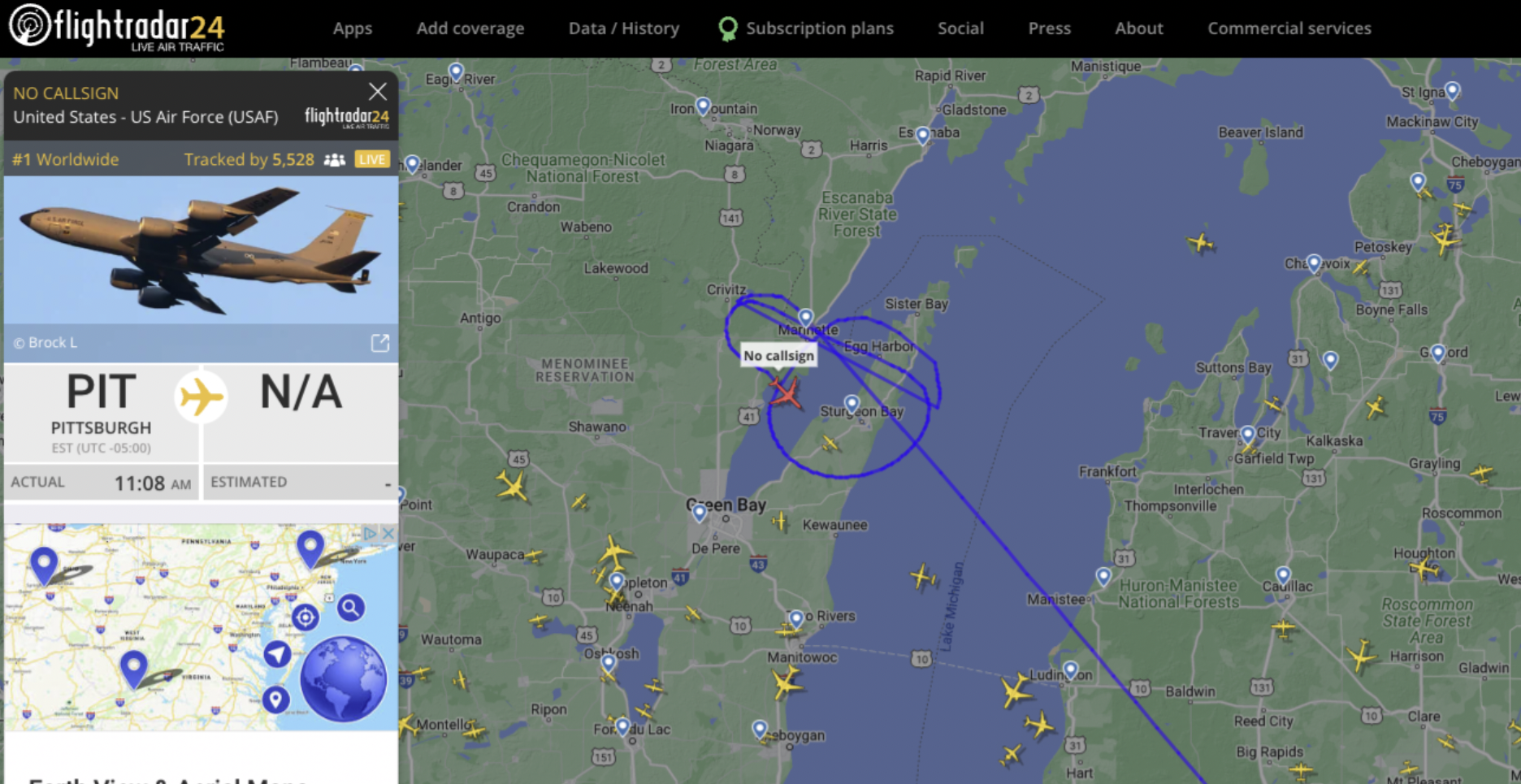
Part of the reason the pilots have such difficulty in getting a better understanding of what it might be is simply that it was so small — and moving at a very slow speed relative to their jets.
“The size of it, that would be challenging, it’s so slow and so small, I just can’t see it,” one of the pilots says. “Definitely smaller than a car,” is the judgment of one of the pilots. At one point, one Viper pilot seems to say it was about the size of a “four-wheeler,” likely referring to a recreational all-terrain vehicle. There is also an indication that the pilots were worried about a possible collision with the mystery craft as it could only be seen at very close range.
There are, however, repeated mentions of strings, or something that looks like strings, hanging from below the object.
“In the targeting pod, I can’t tell if it’s metallic or what, but I can see like lines coming down below it, but I can’t see anything below it,” one pilot says.
“You can definitely see strings below but don’t see anything hanging below.” This paints a picture of something balloon-like, at least in the sense that there is a larger structure, with strings hanging down from which you might expect to see some sort of payload attached.
As to the color of the object, it sounds as though it may have been a metallic black and it was clearly shiny enough to reflect the sun’s rays – adding to the difficulty in working out its overall shape.
“Looking outside it’s like a black-ish, I’m gonna call it like a container, can’t really tell though what the shape is,” one pilot says. “I’ve got a tone,” he adds, indicating that the AIM-9X locked on and that he had a “good track but can’t see through the glare of the cockpit.”
“It looks dark, but I can get a pretty good sun glint off of it,” the other pilot remarks.
This sequence broadly matches accounts from pilots off the U.S. east coast in the mid-2010s, when mystery aerial objects could be detected intermittently, although they had trouble seeing them in any detail even when approaching them closely.
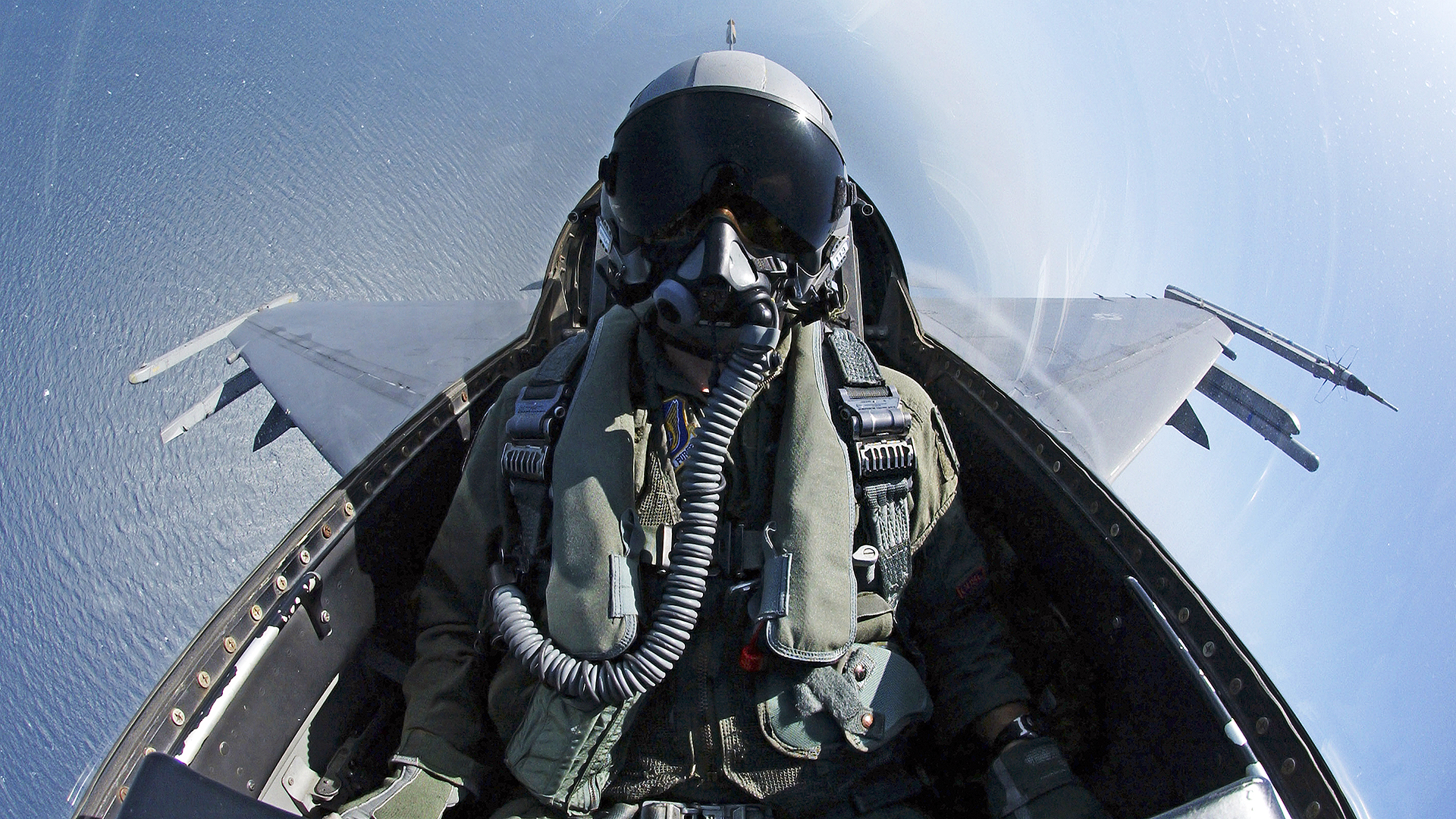
Regardless, the object’s properties allowed at least one of the jets to obtain a radar lock at around three miles, while it was also judged possible to pick it up visually (not using the targeting pod) at around one mile, once the pilots knew what they were looking for and exactly where. This would also fit with NORAD’s assertion that the object is the same one that F-15s scrambled on a day earlier over Montana, but were unable to find once there.
Meanwhile, the Pentagon has confirmed that it’s hard to get a radar track on these objects, due to their very low radar cross-section. In this instance, it could well be that the AESA-equipped F-16s had an advantage, with one of the benefits of these types of radar being an improved ability to track smaller objects.
Since the F-16s were also carrying Sniper targeting pods, their electro-optical and infrared sensors should also have gathered video showing the object. In fact, they reference the pods being locked onto the object in the audio and this is how they were likely describing its finer features.
What the audio recordings don’t reveal is the engagement process, although we know that possibly two AIM-9Xs were fired, based on imagery that shows two F-16s returning to base having each apparently expended one Sidewinder.
This particular missile has quickly become the weapon of choice for dealing with these kinds of objects. The same missile was used in the three previous shootdowns, one of which involved a much larger balloon, determined to be of Chinese origin. In a statement yesterday, the Pentagon confirmed that the AIM-120 AMRAAM is judged to have a lower probability of success against these kinds of targets, while the contrast between the target and the sky above means the AIM-9X works especially well for this mission.
Hopefully, targeting pod imagery from yesterday’s incident will be released in due course — for now, the Pentagon is saying that this is a “policy decision.” With a search now on for the wreckage, which appears likely to have landed in Canadian waters, we could find out more about the nature of this mysterious object, one way or another.
Editor’s note: Clarified the possibilities for the AESIR callsign of the F-16s.
Contact the author: thomas@thewarzone.com
